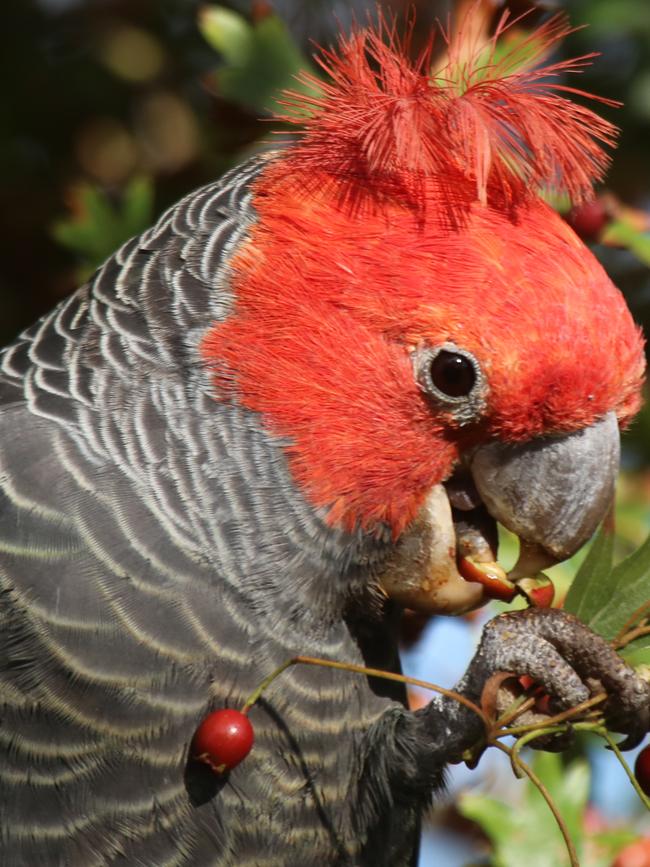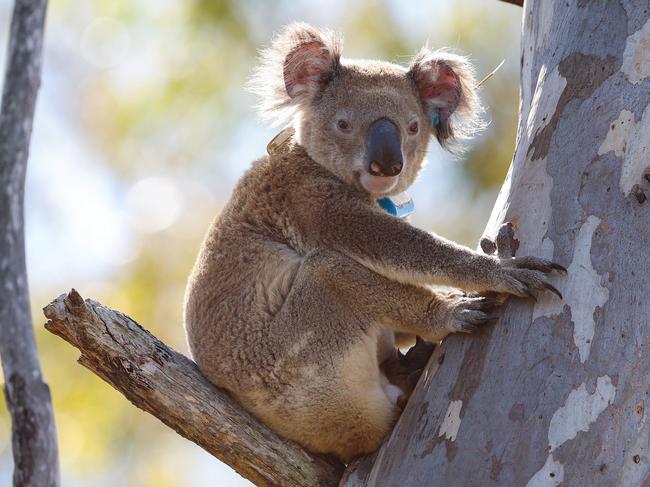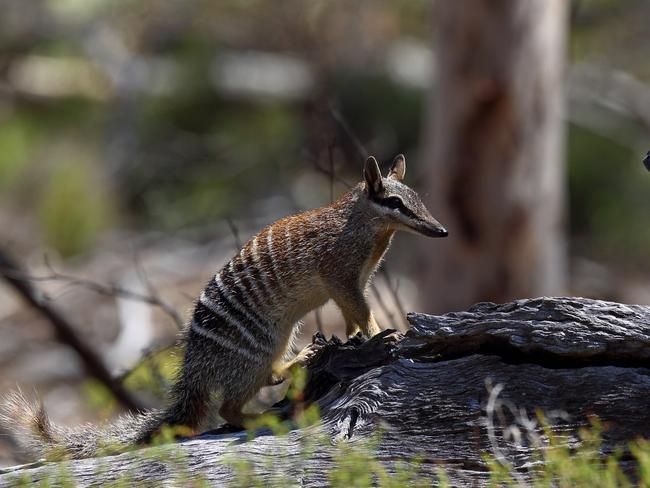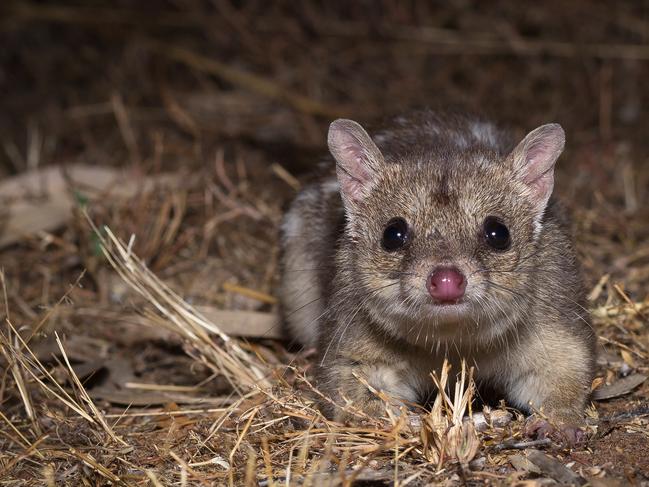Record year for threatened species listings
2023 was a grim year for Australian wildlife, with a record number of additions to the threatened species list.
Environment
Don't miss out on the headlines from Environment. Followed categories will be added to My News.
A record number of plants and animals were added to the national threatened species list in 2023, with the tally of new additions more than double any previous year, it can be revealed.
The national threatened species register has had “boom years” in the past – in 2001 there were more than 60 new additions to the list and in 2009 there were more than 70 – but in 2023 a further 144 species were added.
Of the new additions to the threatened species list, 51 were plants and 90 were animals. A further three were ecological communities.
The analysis was made by the Australian Conservation Foundation, which said environment protection laws were failing to protect Australia’s most vulnerable species.
“Functionally, [the laws] don’t really work,” said ACF campaigner Peta Bulling. “The laws have been in place for over 20 years, they are incredibly outdated, they’re ineffective, they’re not monitored and they’re very rarely enforced.”


Previously well-known Australian species have become threatened or endangered in just the past decade. In 2018 the numbat and one of Australia’s three species of wombat were added to the list, while the listing of the koala in 2022 (in Queensland, NSW and the ACT) made international headlines. That year also saw the listing of the gang-gang cockatoo, the animal emblem of the ACT.
Animal species that were added to the threatened list in 2023 included several varieties of geckos, skinks and crayfish, the broad-headed snake, the Jardine River turtle and the Daintree rainbowfish.

Ms Bulling said the primary reason for species being pushed to the brink was land clearing.
“In the last 12 months, 10,426 hectares of habitat destruction was approved under Australia’s national nature laws – the equivalent to clearing the size of the MCG 5000 times over,” she said.
“This figure is undoubtedly just a fraction of the total habitat actually cleared, as land clearing in Australia often happens without being assessed under national nature laws.”



Mr Bulling said the huge growth in the number of threatened species last year was partly a reflection of an administrative “backlog”, with many plants and animals proposed for classification in previous years finally being listed.
The expansion of the threatened species list comes as the government prepares to finalise consultations over its planned revamp of the Environment Protection and Biodiversity Conservation Act.
The new laws – expected to come before parliament this year – have already raised concerns in the agriculture sector.
The National Farmers Federation has called for $80 million in this year’s Federal Budget to be set aside for a facility to enable “face-to-face interaction” between farmers and bureaucrats over the implementation of the act.





